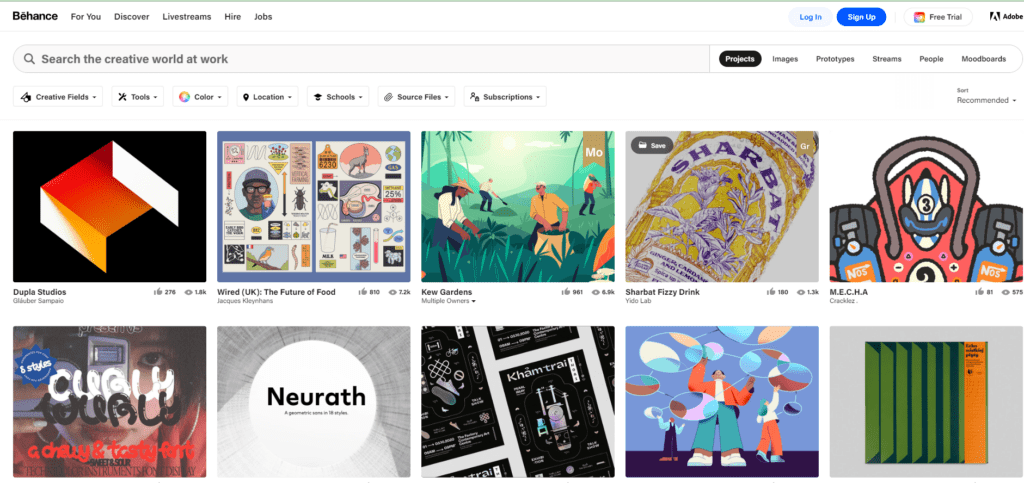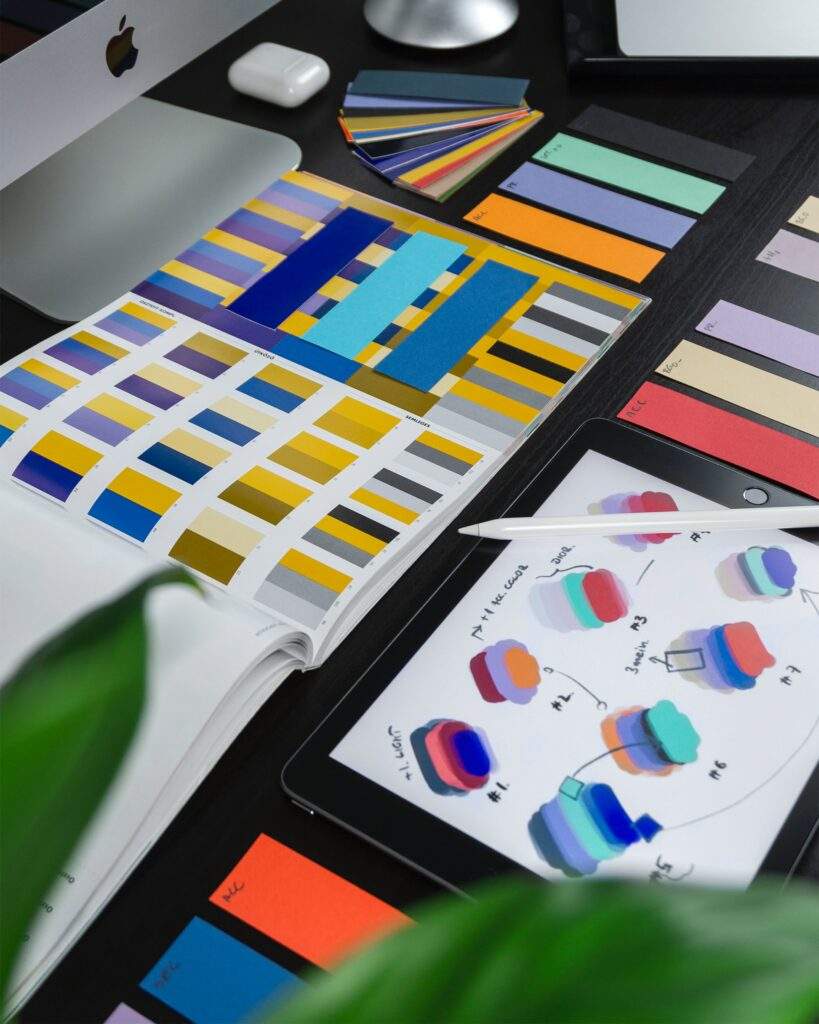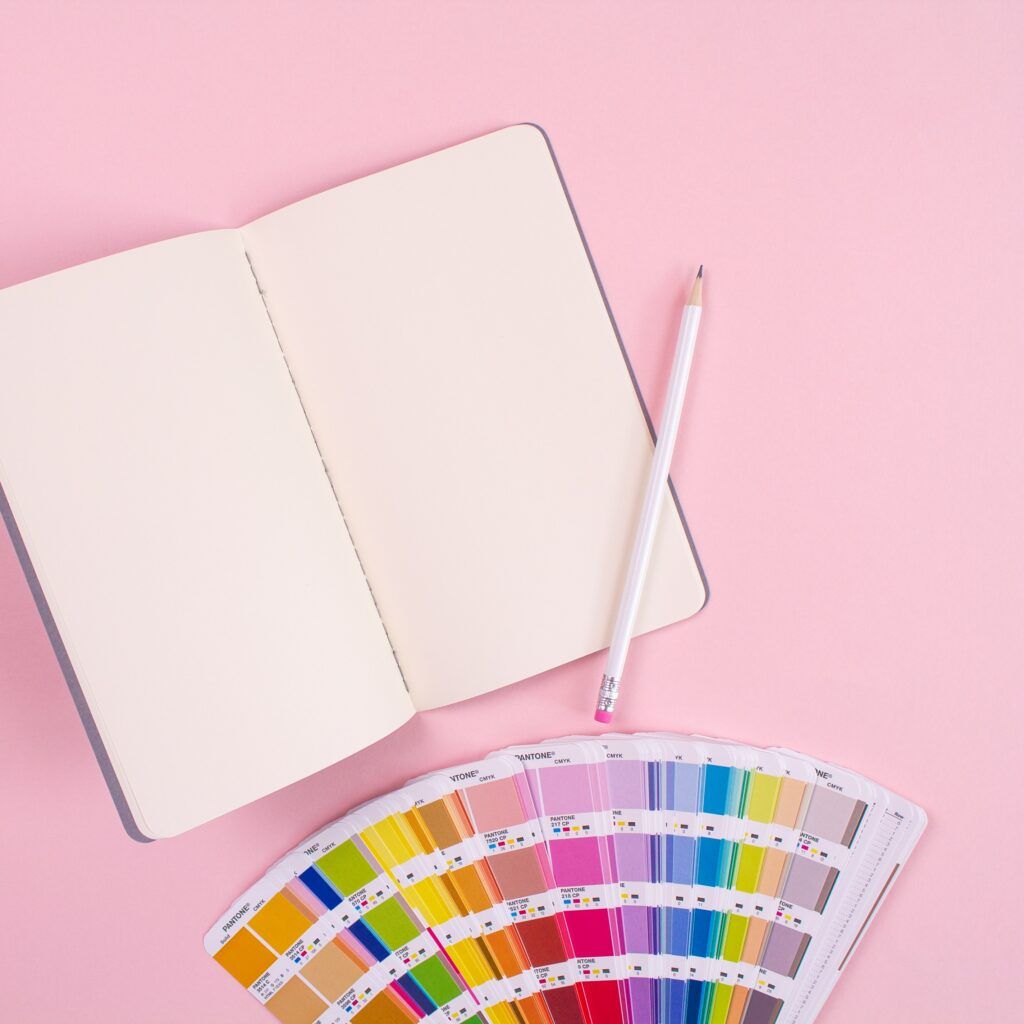When it comes to ensuring the right website design for your business, it’s important to choose a design that accurately reflects your brand and effectively showcases your products or services. A well-designed website can help you attract and retain customers, while a poorly designed site may turn potential clients away.
So, how do you find the right website design for your specific product or service? In this article, we’ll provide some tips to help you navigate the process.
Define your brand and target audience

Before you start searching for website design inspiration, it’s important to have a clear understanding of your brand and target audience. Consider your brand’s mission, values, and unique selling points, as well as the demographics and interests of your ideal customer. This will help you choose a design that aligns with your brand and appeals to your target audience.
Research your competition

Take some time to research the websites of businesses in your industry that are similar to yours. This can help you get a sense of what’s already out there and identify any design trends or common features that are being used. You can also use this opportunity to identify areas where you may be able to differentiate yourself from the competition.
Determine the purpose and goals of your website

Think about what you want your website to accomplish. Do you want it to generate leads, sell products, or provide information about your business? Your website’s purpose and goals will impact the design elements you choose. For example, if you want to sell products online, you’ll need to include features like an e-commerce platform and product pages. If you want to generate leads, you may want to include a contact form or a newsletter sign-up form.
Right website design: Consider your budget

Your budget will also play a role in your website design choices. While it’s important to invest in a quality website, it’s also important to be realistic about what you can afford. If you have a limited budget, you may need to prioritize certain features and compromise on others. It’s a good idea to work with a web designer or developer who can help you find the right balance between cost and functionality.
Right website design: Look for inspiration

Once you have a clear idea of your brand, target audience, and website goals, it’s time to start looking for design inspiration. You can use design resources such as Dribbble, Awwwards, and Behance to find examples of websites in your industry or with a similar aesthetic. You can also use Pinterest and Google to search for specific design elements, such as “minimalist website design” or “modern e-commerce design.” Keep in mind that it’s important to find inspiration, but you shouldn’t copy someone else’s design outright. Your website should be unique and reflective of your brand.
Choose a design style

There are many different design styles to choose from, and the right one for your business will depend on your brand, target audience, and website goals. Some common design styles include minimalism, flat design, material design, and skeuomorphic design. Consider the advantages and disadvantages of each style, and choose one that aligns with your brand and meets the needs of your website.
Select a color palette

Color is an important element of website design, as it can impact the mood and feel of your site. When choosing a color palette, consider your brand’s colors and the associations that different colors may have. For example, blue is often associated with trustworthiness and reliability, while yellow may be associated with happiness and optimism. It’s also a good idea to choose a limited color palette, as too many colors can be overwhelming and distract from the content of your website.
User Experience

Another key consideration when it comes to website design is the user experience (UX). It is important to ensure that your website is easy to navigate and use, as this will help keep visitors on your site longer and increase the likelihood of them taking the desired action (such as filling out a form or making a purchase). Good UX design should include clear headings, easy-to-use menus, and a logical layout that guides visitors through the site.
Technical Aspect

In addition to the above considerations, it is also important to consider the technical aspects of your website design. This includes things like the platform or content management system (CMS) that your website is built on, as well as the hosting provider and domain name. It is important to choose a platform and hosting provider that is reliable and will be able to handle any traffic or growth that your website experiences. It is also important to choose a domain name that is easy to remember and reflects your brand.



